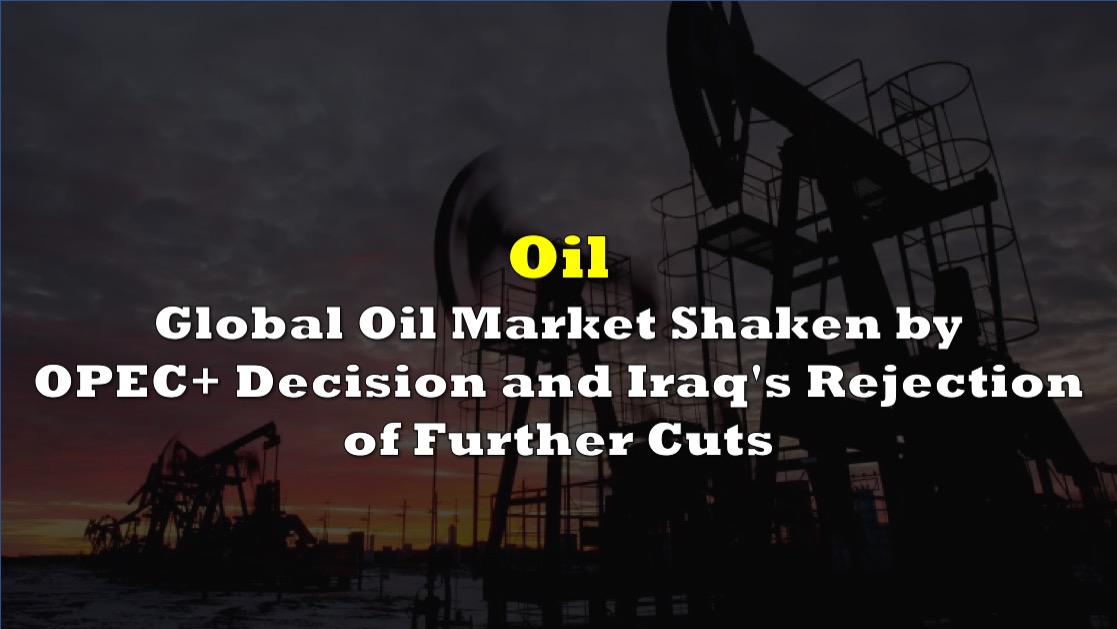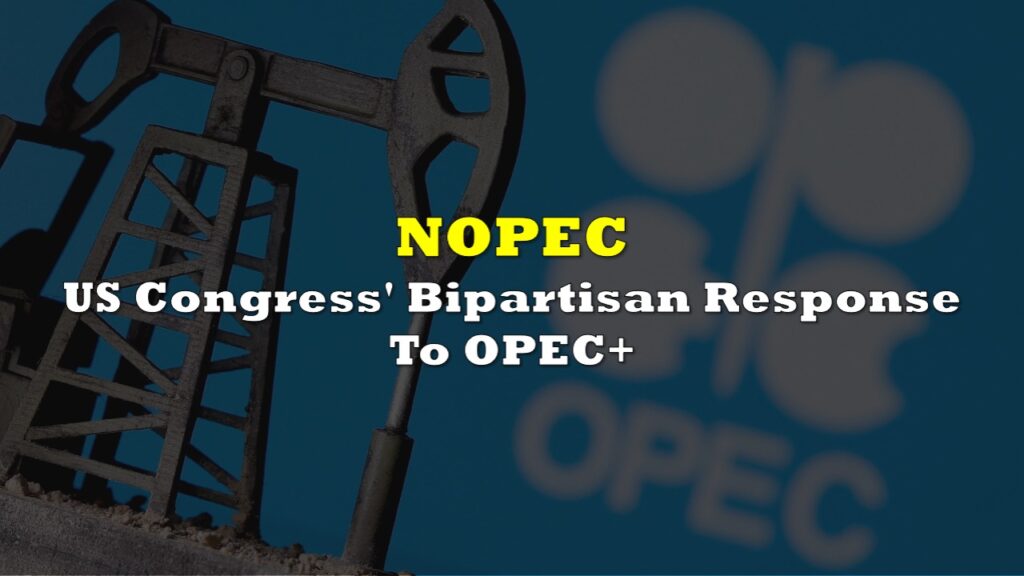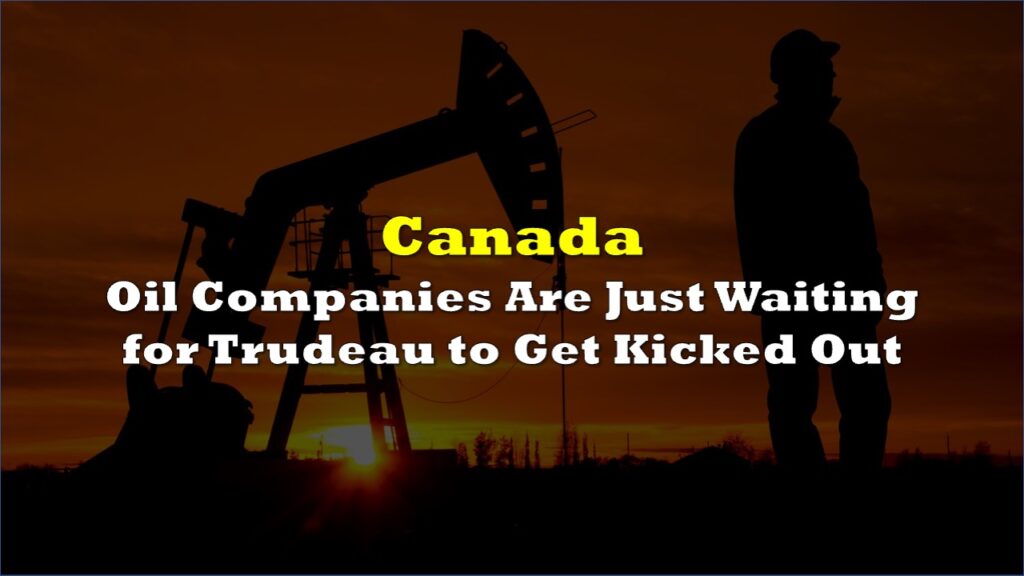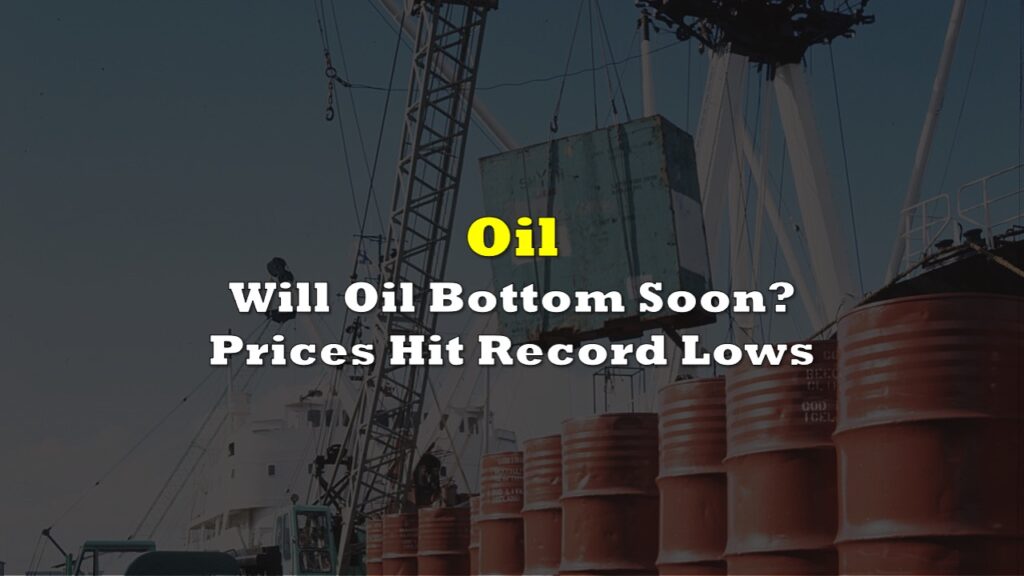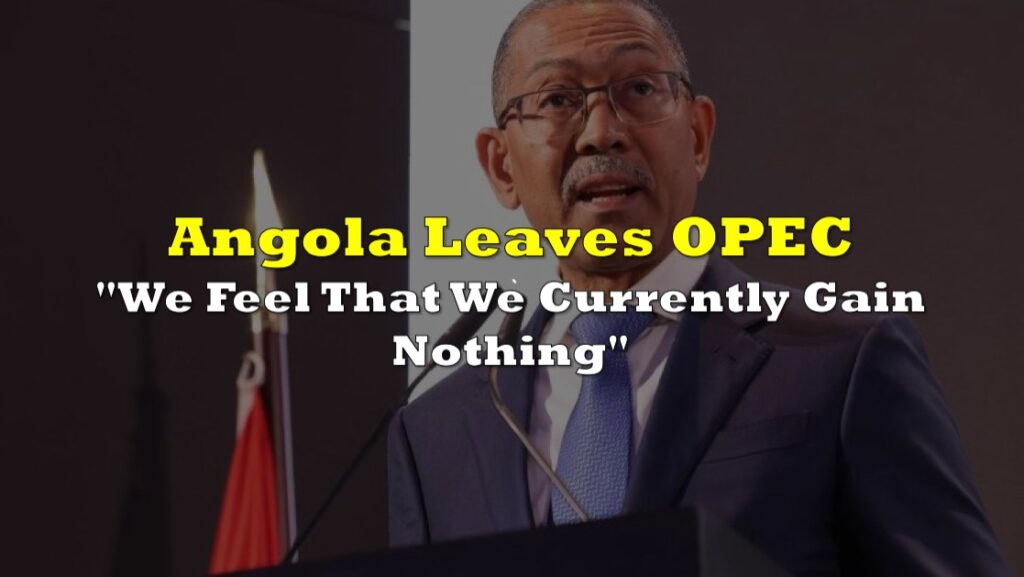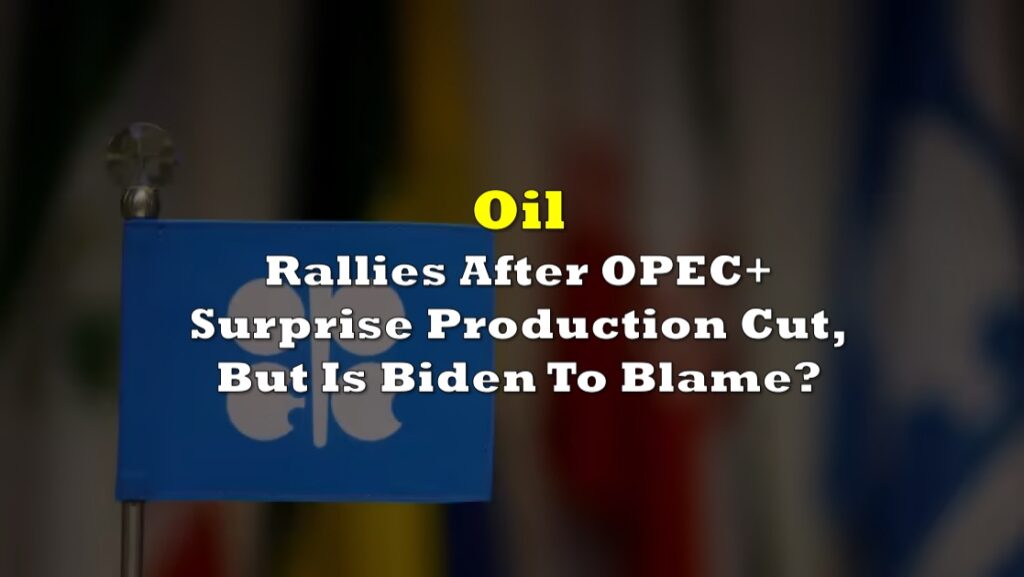The oil market experienced significant volatility recently following the announcement by OPEC+ to extend output cuts into the second half of 2024. This decision has stirred the markets, compounded by Iraq’s declaration that it would not agree to further cuts, leading to a notable crash in oil prices.
On June 1, OPEC+ members, including major producers like Saudi Arabia and Russia, decided to prolong their voluntary oil output cuts. This extension covers an additional 2.2 million barrels per day (bpd) through the second quarter of 2024. The decision aims to stabilize and support oil prices amid fluctuating global demand and economic uncertainties.
CRUDE OIL
— Warren Pies (@WarrenPies) May 11, 2024
Hearing that Iraq won't extend output cuts.
Remember, 87% of bbg respondents expect full extension of cuts to H2.
Also remember, cuts are only bullish when they go against consensus expectations.
When consensus expects cuts…news flow is asymmetrically bearish. pic.twitter.com/Zx0zELSs9x
Saudi Arabia, the leading member of OPEC, committed to maintaining its voluntary reduction of one million bpd, while Russia announced an extra cut of 471,000 bpd for the same period. The move is intended to balance the market, counteracting potential surplus and price drops.
Contrary to the broader OPEC+ consensus, Iraq has publicly rejected any further output cuts beyond those already agreed upon. Iraqi Oil Minister Hayan Abdul Ghani emphasized that Iraq has fulfilled its voluntary reduction commitments and will not endorse additional cuts proposed in the upcoming meetings. This statement reflects Iraq’s ongoing struggle to balance its oil production goals with the need to comply with OPEC+ agreements.
Iraq’s stance introduces an element of uncertainty into the market, as it holds significant influence as the second-largest producer in OPEC. The country’s decision to maintain current output levels might complicate OPEC+’s strategy to control oil supply tightly and manage price stability effectively.
Following the OPEC+ announcements and Iraq’s position, crude oil prices saw a sharp decline. Market expectations had largely anticipated a full extension of output cuts, making any deviation from this outlook particularly impactful. The consensus among traders and analysts was that these cuts would be extended to the year’s end, aligning with efforts to prevent a global oil surplus and support prices.
Warren Pies, an analyst, highlighted the market’s sensitivity to such announcements, noting, “Cuts are only bullish when they go against consensus expectations. When consensus expects cuts…news flow is asymmetrically bearish.” This sentiment was reflected in the market’s response, with crude prices dropping significantly post-meeting.
Despite these deep production cuts, OPEC is struggling to hold oil prices high amid concerns over global demand growth and elevated stocks. The international oil cartel, along with its allies known as OPEC+, is set to meet again on June 2 to discuss their joint production policy. Sources suggest that the group may decide to extend voluntary cuts by several months in an effort to bolster prices.
OPEC’s challenges are compounded by its members’ failure to stick to output targets. In March, OPEC leaders and Russia extended production cuts, pledging to reduce output by 2.2 million bpd until the end of June, in addition to the previously agreed cuts of 3.7 million bpd for 2024. However, the cartel is currently overproducing to such an extent that its daily output in 2024 is nearly unchanged from the last quarter of 2023.
Other factors outside the cartel’s control, such as China’s slow growth and the United States’ slowing inflation, also affect the market. New supply from non-OPEC countries, particularly the United States, which is pumping record amounts of oil, adds to the market’s stability.
Founded in 1960, OPEC accounts for about 30% of the world’s oil production, while the OPEC+ coalition represents approximately 41% of global oil output. The group’s decisions can significantly impact global oil prices, as demonstrated by past events such as the 1973 Arab-Israeli War and the 2020 COVID-19 lockdowns.
Despite OPEC’s claim that its role is to regulate supply and demand rather than prices, member countries heavily depend on oil revenue, with Saudi Arabia’s budget balancing at an oil price between $90 and $100 per barrel. The current production cuts by OPEC+ amount to 5.86 million bpd, equal to about 5.7% of global demand.
seems like it should be very very big news that Joe Biden broke OPEC's hold https://t.co/o3LxbYg4RF
— Florida Chris (@chrislongview) June 3, 2024
Information for this story was found via the sources mentioned. The author has no securities or affiliations related to the organizations discussed. Not a recommendation to buy or sell. Always do additional research and consult a professional before purchasing a security. The author holds no licenses.

